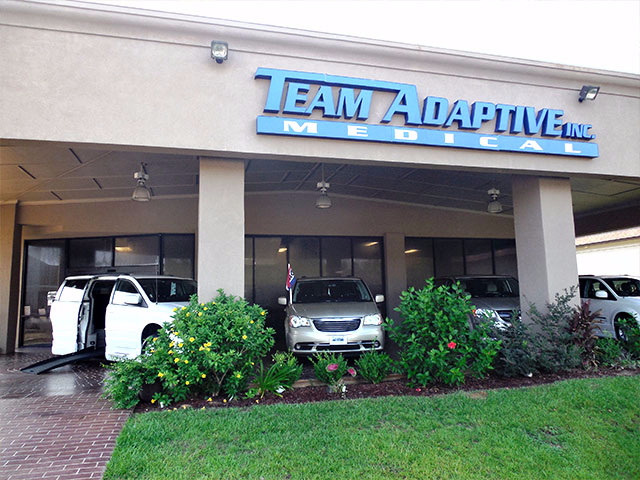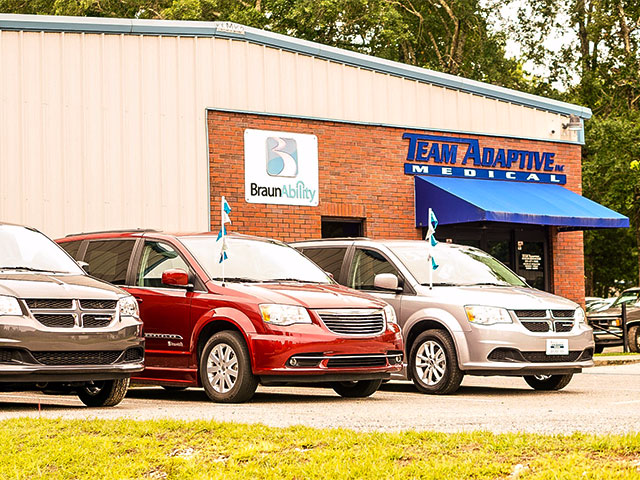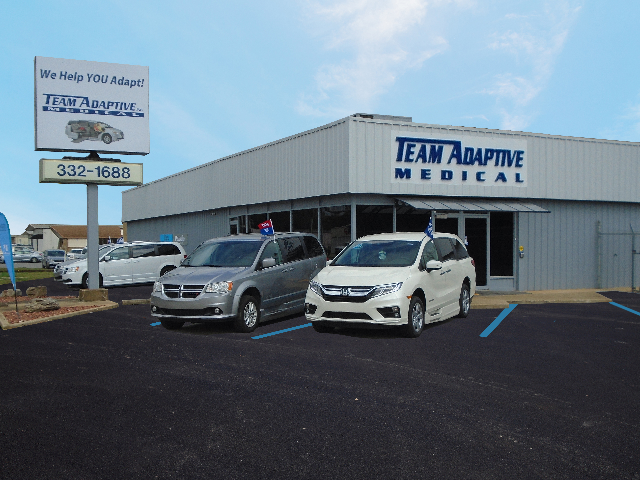
Innovative Solutions for Choosing the Best Platform Lift for Your Home
As the demand for accessibility solutions continues to rise, the importance of selecting the right **Platform Lift For Home** has never been more critical. According to a recent industry report by the Accessibility Equipment Manufacturers Association, the market for home accessibility solutions is projected to grow by 20% over the next five years, driven by an aging population and increased focus on home modifications. Platform lifts provide a versatile and practical solution to overcome barriers in multi-level homes, enhancing mobility for residents and visitors alike. With various types and configurations available, understanding the benefits and features of different platform lifts can help homeowners make informed decisions that not only promote independence but also improve the overall functionality and value of their properties. This blog aims to explore innovative solutions and guide you through the process of choosing the best platform lift tailored to your specific needs.
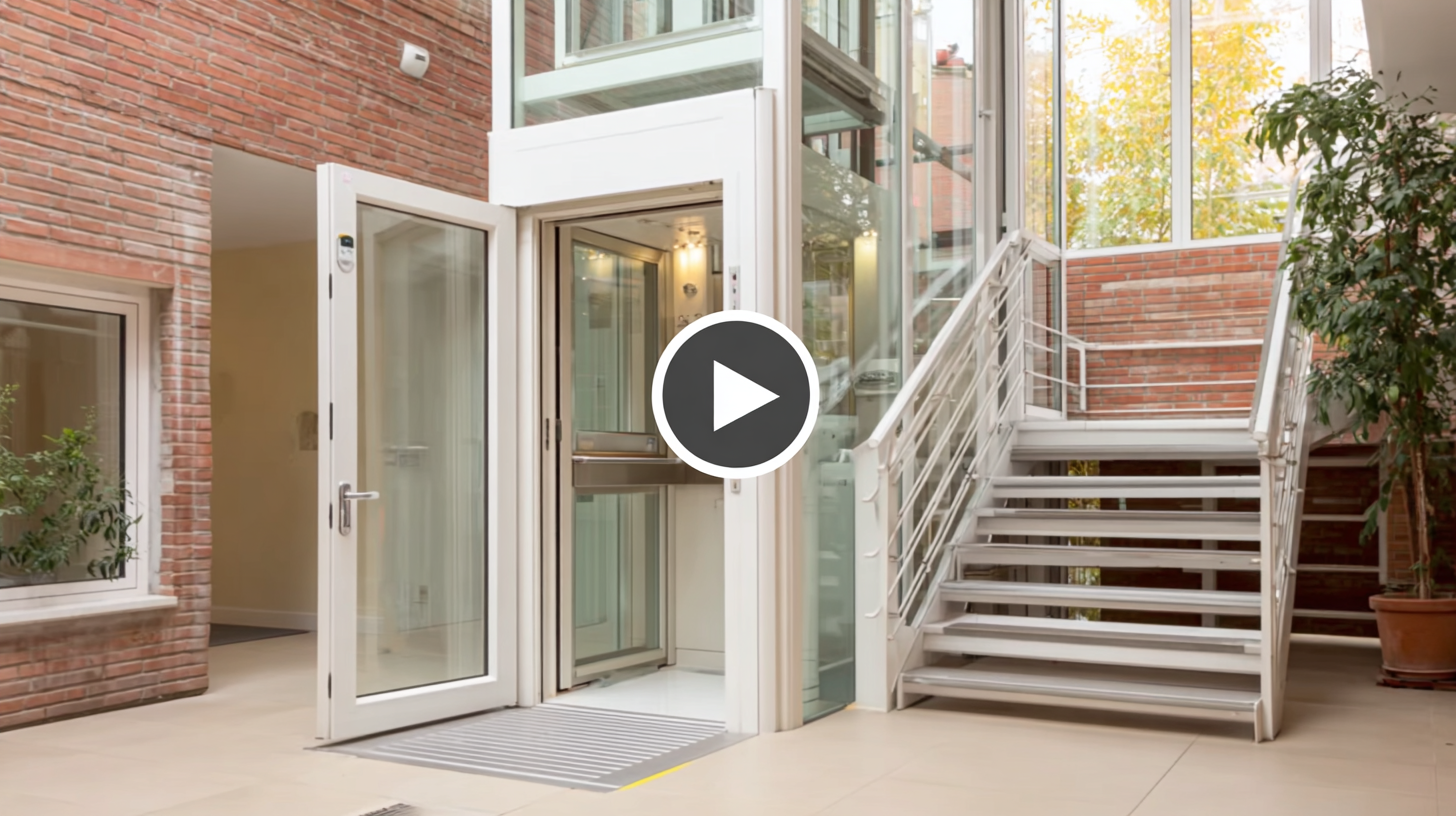
Identifying Common Challenges in Selecting Home Platform Lifts: A Data-Driven Approach
Choosing the right platform lift for your home can be overwhelming, especially when confronted with various options and specifications. According to the International Association of Elevator Contractors, approximately 25% of homeowners struggle with understanding the technical requirements of platform lifts, leading to ill-informed decisions. These challenges can be addressed through a data-driven approach, which emphasizes analyzing user needs, available space, and compliance with local regulations.
To simplify the selection process, here are some tips: First, assess your space’s dimensions and accessibility needs to ensure the chosen lift fits seamlessly into your home. Conducting a survey or utilizing software tools that project lift dimensions can aid in visualizing the installation. Second, consider the lift's weight capacity and safety features—data from the National Elevator Industry shows that platforms with enhanced safety mechanisms reduce accidents by up to 40%. Lastly, it's crucial to research and compare different manufacturers, including their warranty and maintenance services, since post-installation support is key to long-term satisfaction.
By utilizing a systematic approach backed by industry data, homeowners can effectively navigate the common challenges of selecting the ideal platform lift, ultimately resulting in a safer and more accessible home environment.
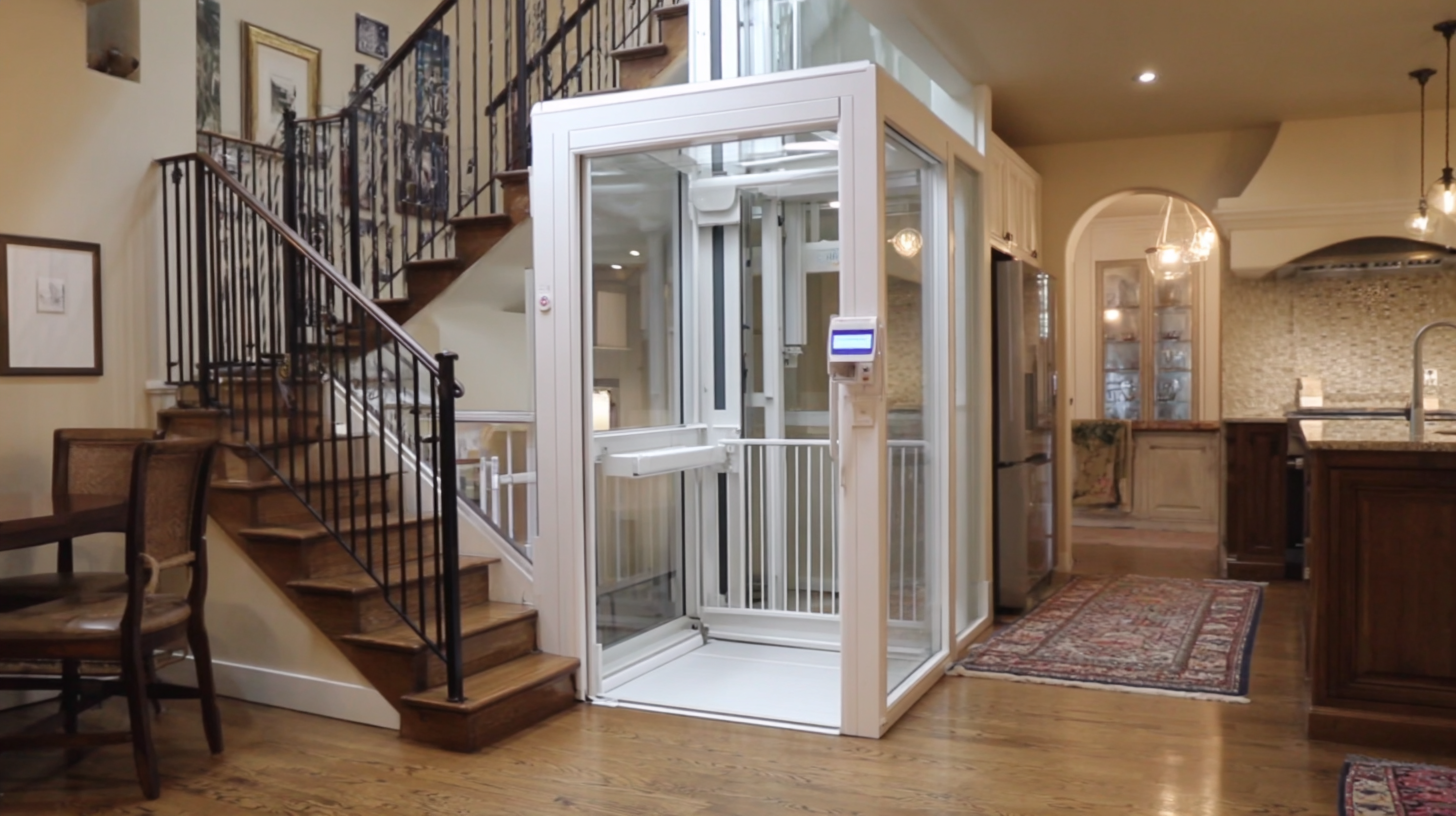
Understanding the Different Types of Platform Lifts and Their Specific Applications
When selecting the best platform lift for your home, understanding the different types available and their specific applications becomes crucial. According to a recent industry report by the National Association of Elevator Contractors, the demand for residential platform lifts has surged by 25% over the past five years, driven by an aging population and increased emphasis on home accessibility.
There are various types of platform lifts, including residential vertical lifts, inclined wheelchair lifts, and portable lifts, each designed for distinct environments. Residential vertical lifts are ideal for traversing multiple levels in a multistory home, with weight capacities ranging from 500 to 750 pounds, accommodating both wheelchairs and individuals with mobility challenges. In contrast, inclined wheelchair lifts are often used for stairs, perfect for homes featuring staircases, offering a smooth and safe transition for users. Additionally, portable lifts provide flexibility for various settings, making them suitable for temporary events or rentals.
Each type has specific merits based on the layout and needs of the home, highlighting the importance of thorough research. Homeowners should consider factors such as weight capacity, installation requirements, and intended use to select the most suitable platform lift for their unique circumstances.
Platform Lifts Comparison
This chart illustrates the weight capacity of various types of platform lifts suitable for home use. Vertical platform lifts typically have a capacity of up to 750 lbs, while inclined platform lifts support about 500 lbs. Scissor lifts are known for their higher capacity of 1000 lbs, and residential elevator lifts can accommodate up to 1400 lbs.
Key Industry Statistics on Safety and Compliance for Residential Platform Lifts
When considering the installation of a residential platform lift, safety and compliance are paramount. According to the National Association of Elevator Contractors (NAEC), more than 70% of residential lift incidents result from improper installation or lack of adherence to safety codes. It's essential for homeowners to ensure that any lift they choose complies with local building regulations and safety standards to minimize risks and ensure long-term reliability.
Recent industry statistics further highlight the importance of compliance with safety guidelines. The American Society of Mechanical Engineers (ASME) has reported that lifts meeting their A18.1 safety standards have a 50% lower incident rate compared to those that do not. Additionally, a survey by the Occupational Safety and Health Administration (OSHA) indicated that residential lifts installed by certified professionals significantly reduce the likelihood of accidents and injuries, with a decrease of 60% in reported incidents.
By leveraging these safety standards and compliance statistics, homeowners can make informed decisions when selecting the best platform lift for their homes, ensuring not only their convenience but also the well-being of all users.
Innovative Solutions for Choosing the Best Platform Lift for Your Home
| Feature | Statistic | Compliance Standard | Safety Rating |
|---|---|---|---|
| Average Load Capacity | 750 lbs | ASME A18.1 | 5-Star |
| Ramp Angle | 30 Degrees | ADA Compliance | 4-Star |
| Average Installation Time | 2-4 Hours | EN 81-41 | 5-Star |
| Maintenance Frequency | Every 6 Months | ISO 9001 | 4-Star |
| Emergency Features | Manual Override and Alarm | UL 325 | 5-Star |
Analyzing Cost-Benefit Factors in the Long-Term Investment of Home Platform Lifts
When considering a home platform lift, analyzing the long-term cost-benefit factors is crucial for ensuring a sound investment. According to a report by the National Association of Home Builders, the installation of a platform lift can increase a home's value by up to 10%. Additionally, with average installation costs ranging from $10,000 to $20,000, homeowners can expect a return on investment (ROI) of approximately 70% in resale value, especially in multi-story homes. This makes the upfront expenditure more justifiable, especially when balanced against potential mobility improvements for residents.
Tip: Always request multiple quotes from reputable dealers to ensure the best price and service quality before making a decision. Comparing options will not only help in finding the right lift for your home but also in securing a cost-effective solution.
Furthermore, ongoing maintenance costs should be factored in, which typically range from $300 to $600 annually. Ensuring regular servicing can extend the lifespan of the lift and enhance safety. Investing in a lift that includes warranty and maintenance packages can mitigate long-term expenses.
Tip: Consider lifting systems with energy-efficient motors, as they can reduce both electricity bills and environmental impact, providing further savings over time.
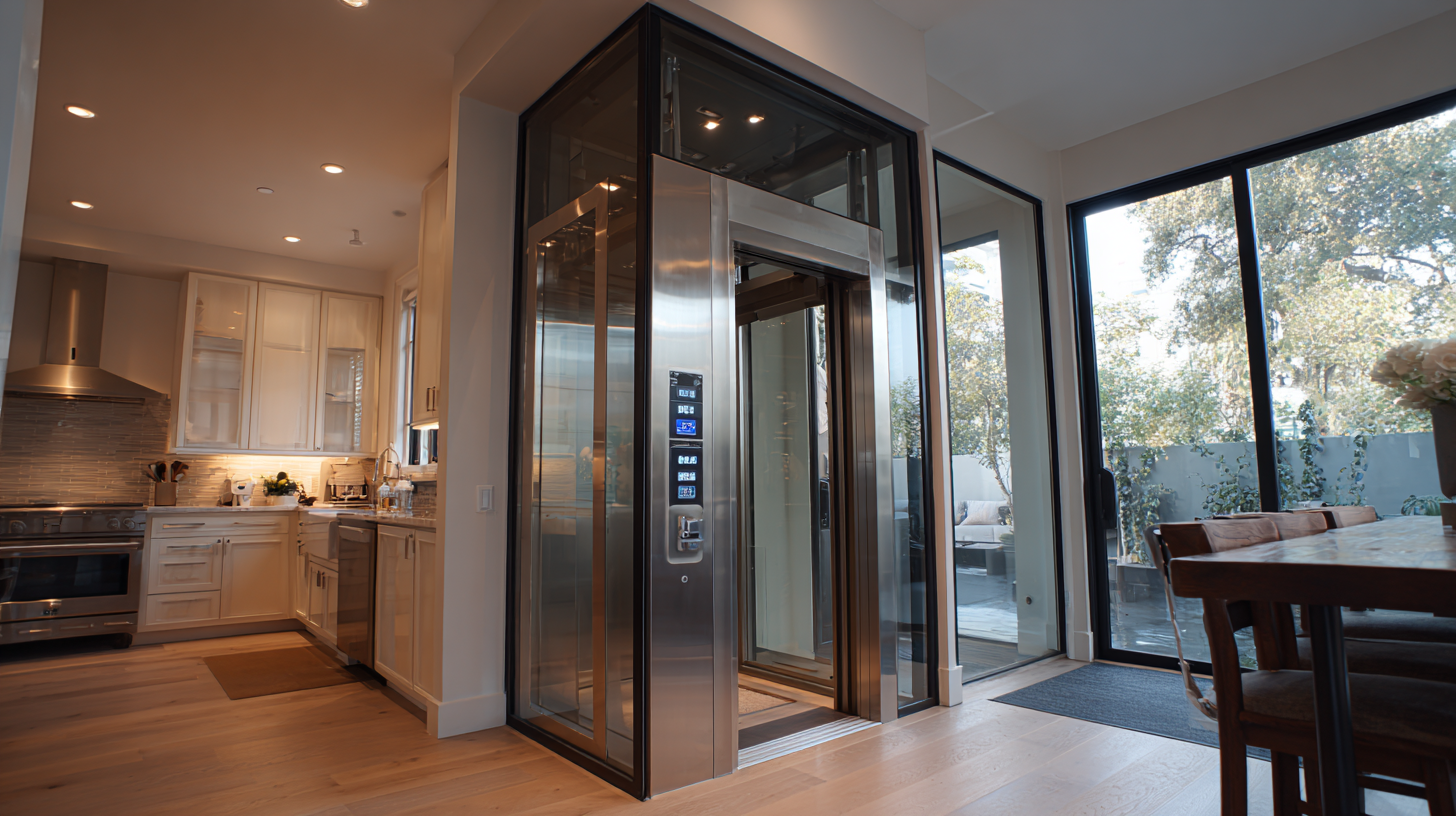
Innovative Features to Look for When Choosing the Best Platform Lift for Your Home
When selecting a platform lift for your home, it's essential to consider innovative features that enhance usability and safety. According to a report by the National Association of Home Builders, over 20% of new homes are being constructed with accessibility features to cater to the aging population. This shift highlights the growing demand for platform lifts equipped with user-friendly controls and intuitive designs. Features such as remote access controls or smartphone compatibility allow users to operate the lift from a distance, adding a layer of convenience that modern homeowners appreciate.
Moreover, the accessibility sector is witnessing advancements in lift technology that prioritize safety. The American Society of Mechanical Engineers (ASME) notes that advanced safety features, such as automatic sensors to detect obstructions and emergency stop buttons, are becoming standard in high-quality platform lifts. In 2022 alone, the demand for lifts that integrate smart technology saw a 15% increase, reflecting consumers' desire for reliable products that ensure smooth and safe operation. Homeowners should also look for customizable options in platform lifts that cater to their specific needs, such as varying capacities and design styles, which can further enhance both functionality and aesthetic appeal in the home.








